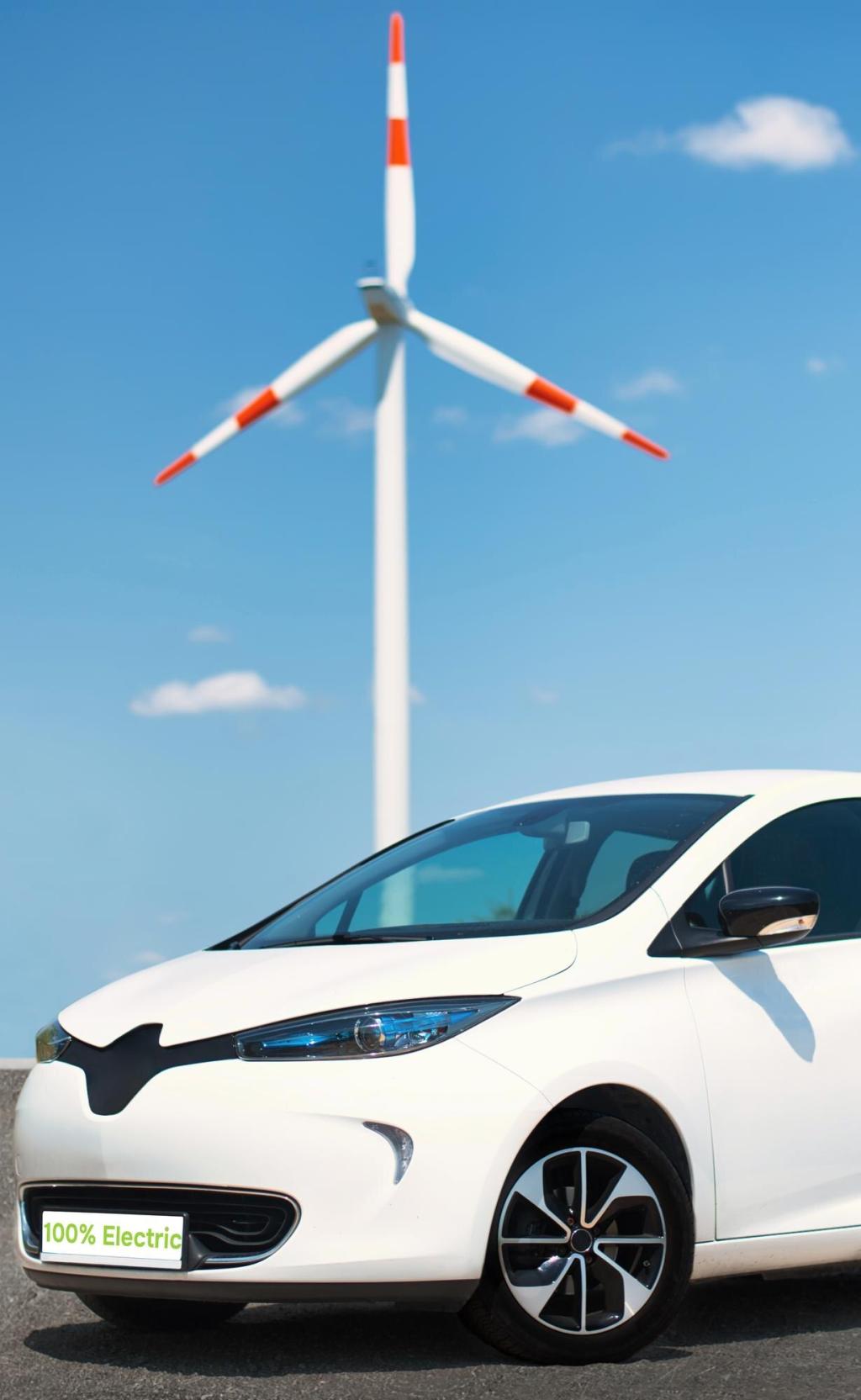
How to Choose the Right Solar Panel Rental for Your Home
Chosen theme: How to Choose the Right Solar Panel Rental for Your Home. Welcome! This friendly guide helps you navigate equipment, contracts, incentives, and real-life considerations so you can choose a rental that truly fits your home and goals. Ask questions in the comments and subscribe for practical solar insights.

This is the heading
Lorem ipsum dolor sit amet, consectetur adipiscing elit. Ut elit tellus, luctus nec ullamcorper mattis, pulvinar dapibus leo.

This is the heading
Lorem ipsum dolor sit amet, consectetur adipiscing elit. Ut elit tellus, luctus nec ullamcorper mattis, pulvinar dapibus leo.
Know Your Rental Options and Terms
Lease, Subscription, or Power Purchase Agreement?
Leases typically charge a fixed monthly fee for equipment on your roof, while subscriptions may connect you to offsite capacity. PPAs bill you for the electricity generated. Compare how each model aligns with your payment preferences, incentives, and utility policies.
Escalators, Term Length, and Early Exit
Many contracts include annual price escalators. Small percentages compound over time, so model future bills against utility inflation. Review term length, cancellation penalties, and transfer rules. Ask providers for plain-language summaries to avoid surprises later when life plans change.
Maintenance, Insurance, and Responsibility
Clarify who maintains panels, inverters, and monitoring, plus who carries liability insurance. Confirm roof repair protocols and what happens after storms. A solid rental includes proactive maintenance schedules and guaranteed response times that protect you, your roof, and your comfort.
Match Equipment to Your Roof
Higher efficiency panels can deliver more energy on limited roof space, but brand reliability, temperature coefficients, and warranty depth also matter. Look for independently verified performance data, then ask for a production guarantee that reflects your exact installation conditions.
Match Equipment to Your Roof
String inverters are cost-effective; microinverters and optimizers help when shading varies across modules. Choose monitoring that shows daily production and flags issues automatically. If you’ll never check dashboards, prioritize alerts and service commitments over flashy graphs and fine-grained analytics.


Make Shading and Orientation Work For You
Request a site survey with sun-path diagrams and monthly production estimates. Learn how nearby trees, chimneys, and vents affect each array section over the year. If projections seem optimistic, ask for conservative scenarios and see how they change bill savings.
Understand Incentives and Utility Rules
Who Gets the Tax Credit and Why It Matters
With many rentals, the owner of the system claims the tax credit, not the homeowner. Ensure the benefit is baked into your price. Ask the provider to show how incentives reduce your payments or boost production guarantees in practical, transparent terms.
Net Metering, Time-of-Use, and Bill Math
Understand how your utility credits exported energy and how rates change by time of day. Rentals that align generation with high-rate periods can outperform larger systems misaligned with pricing. Request a side-by-side bill comparison using your actual historical consumption data.
Permits, HOAs, and Interconnection Timing
Permitting and utility approvals can add weeks. Confirm who files paperwork, communicates with inspectors, and schedules meter swaps. If you have a homeowners association, gather guidelines early. Share any hurdles in the comments, and we’ll compile solutions from fellow readers.

Vet Your Provider With Confidence
01
Experience, Certifications, and Safety Culture
Ask about years in business, licensed crews, and safety training. Third-party certifications signal competence, but daily practices matter more. Providers who emphasize careful workmanship usually deliver quieter installs, cleaner wiring, and fewer callbacks over the life of your rental.
02
Service Level Commitments and Response Times
Look for written guarantees: monitoring uptime, repair windows, and escalation steps. If outages occur, who notices first, and how quickly will they roll a truck? These details protect your comfort and confidence, especially during extreme weather when reliability matters most.
03
Transparent Proposals and Clear Communication
Great proposals show assumptions, equipment lists, and modeled production with optimistic and conservative cases. Clear communication builds trust before panels ever reach your roof. Drop questions you want answered in future posts, and subscribe to get follow-ups and checklists.
Run the Numbers Without Guesswork

Simulate monthly costs year by year, comparing contract escalators with historical and projected utility increases. Include shoulder seasons and worst-case weather. A clear graph helps you see whether stability, savings, or emissions reductions best justify the rental today.
